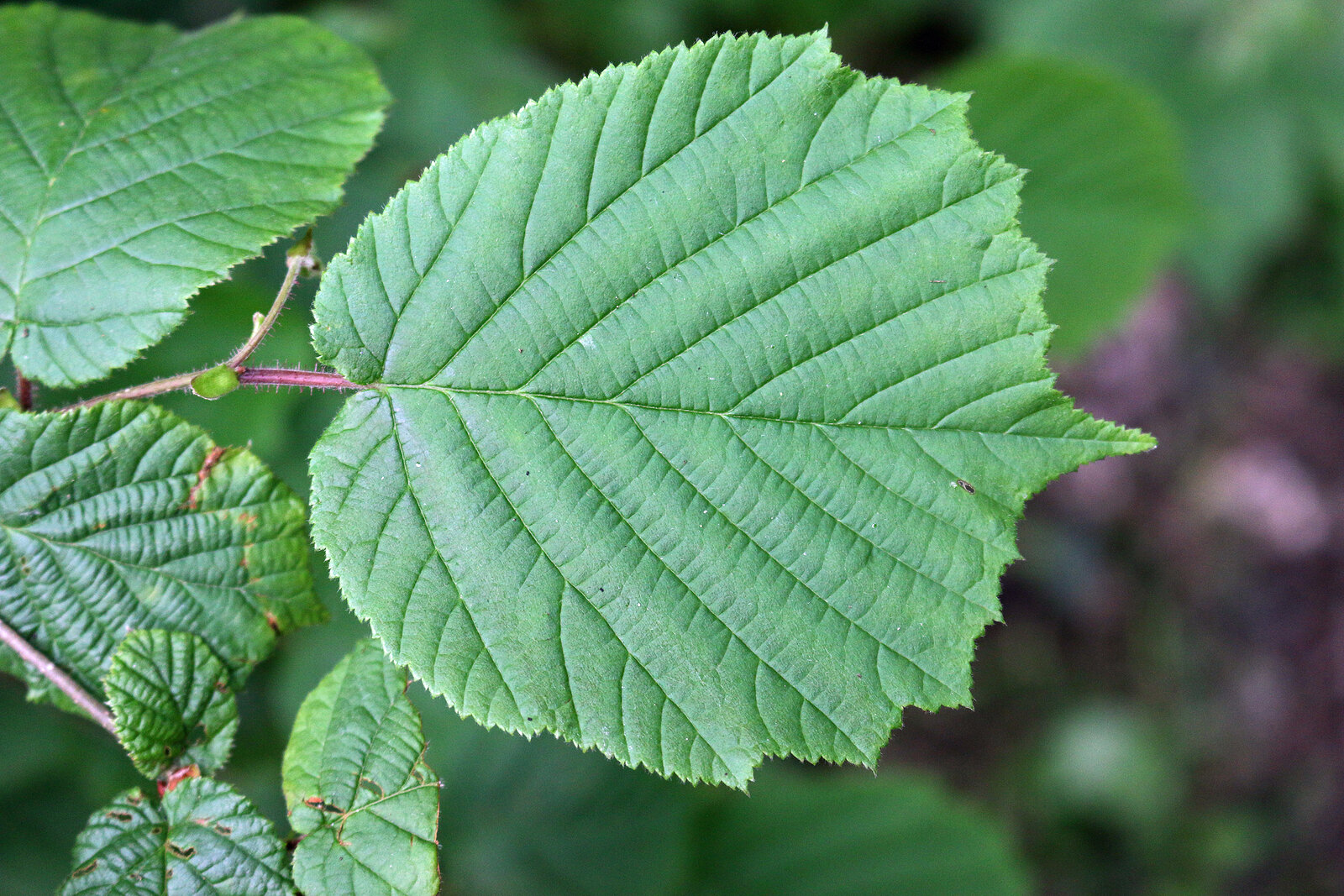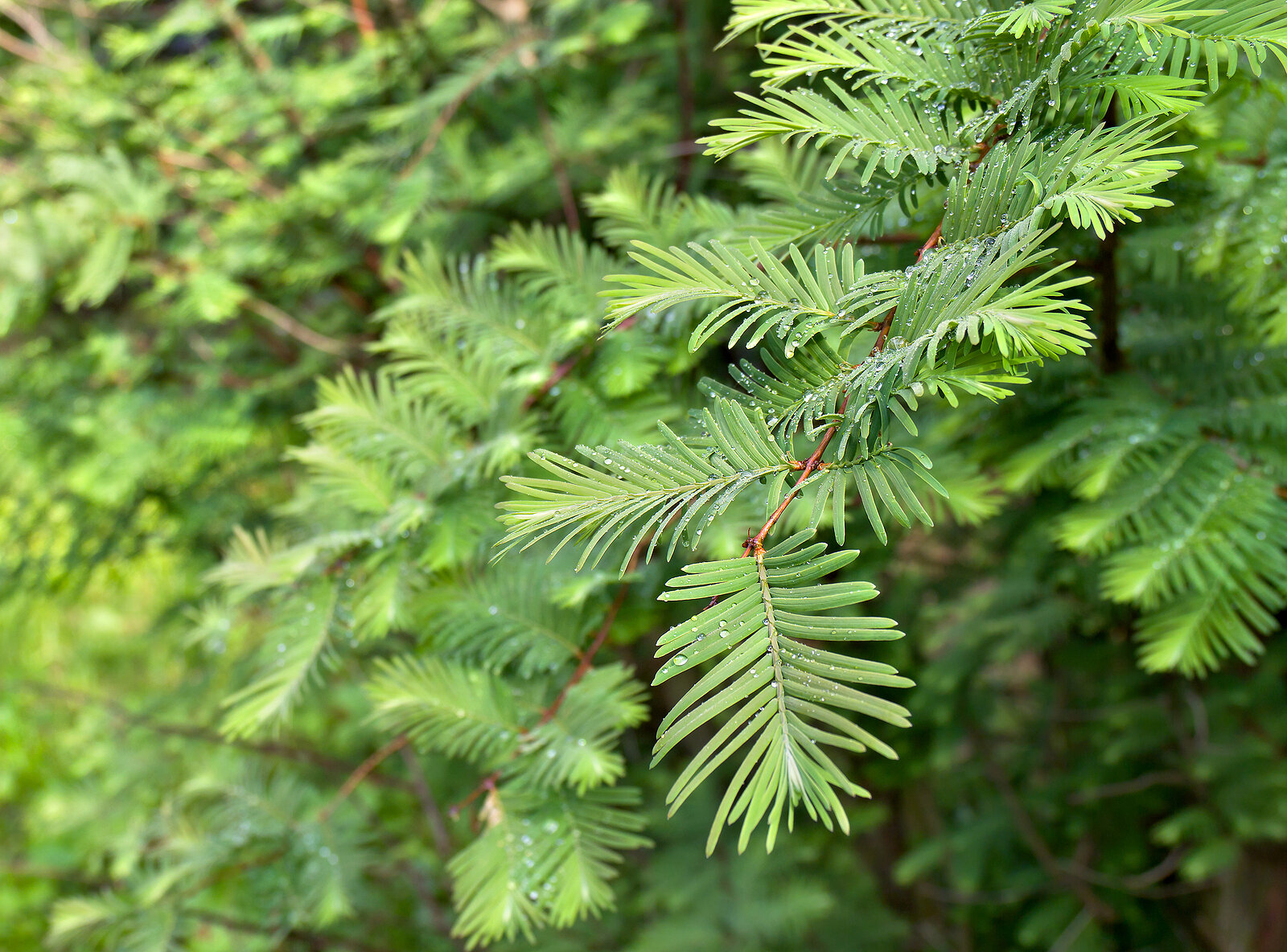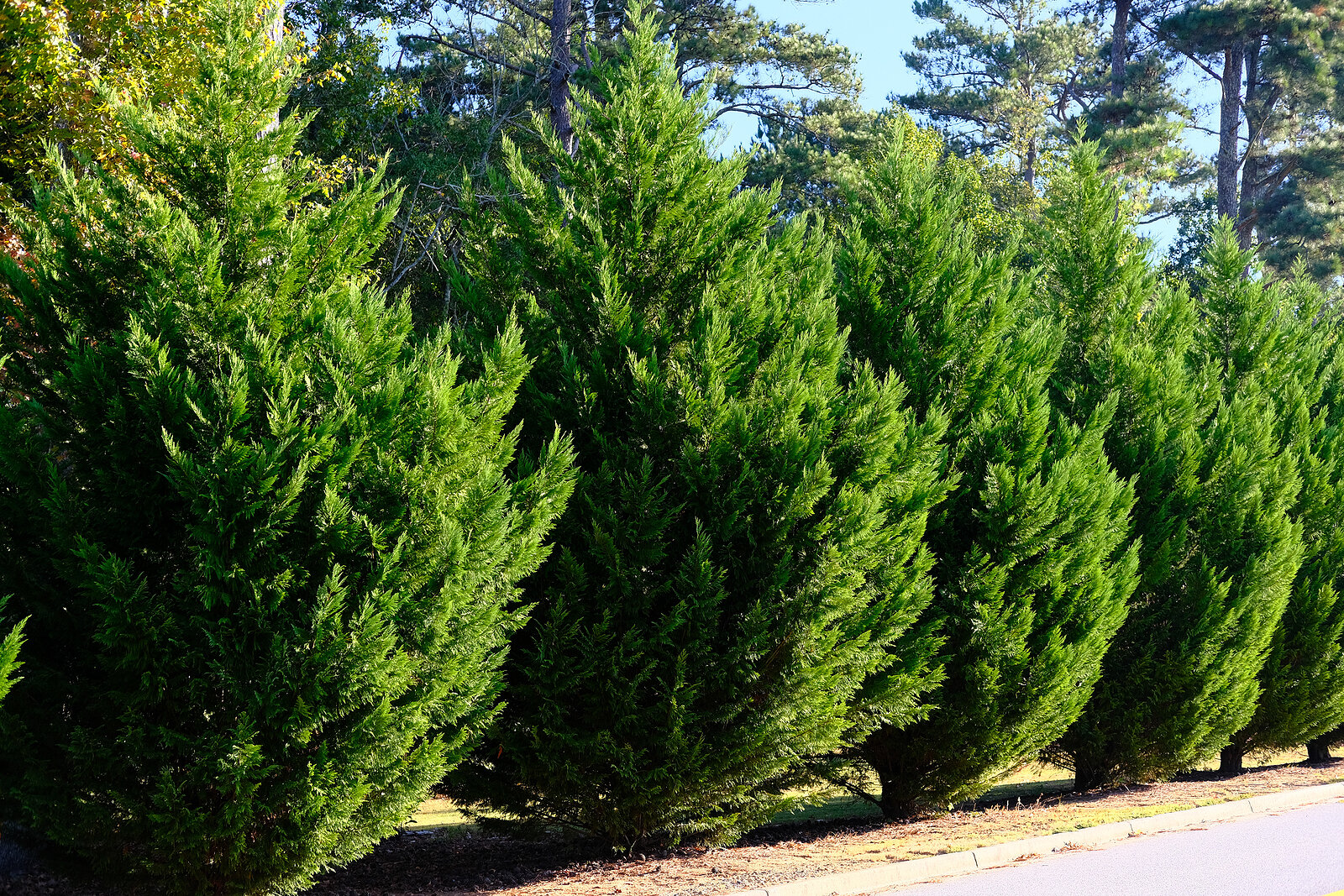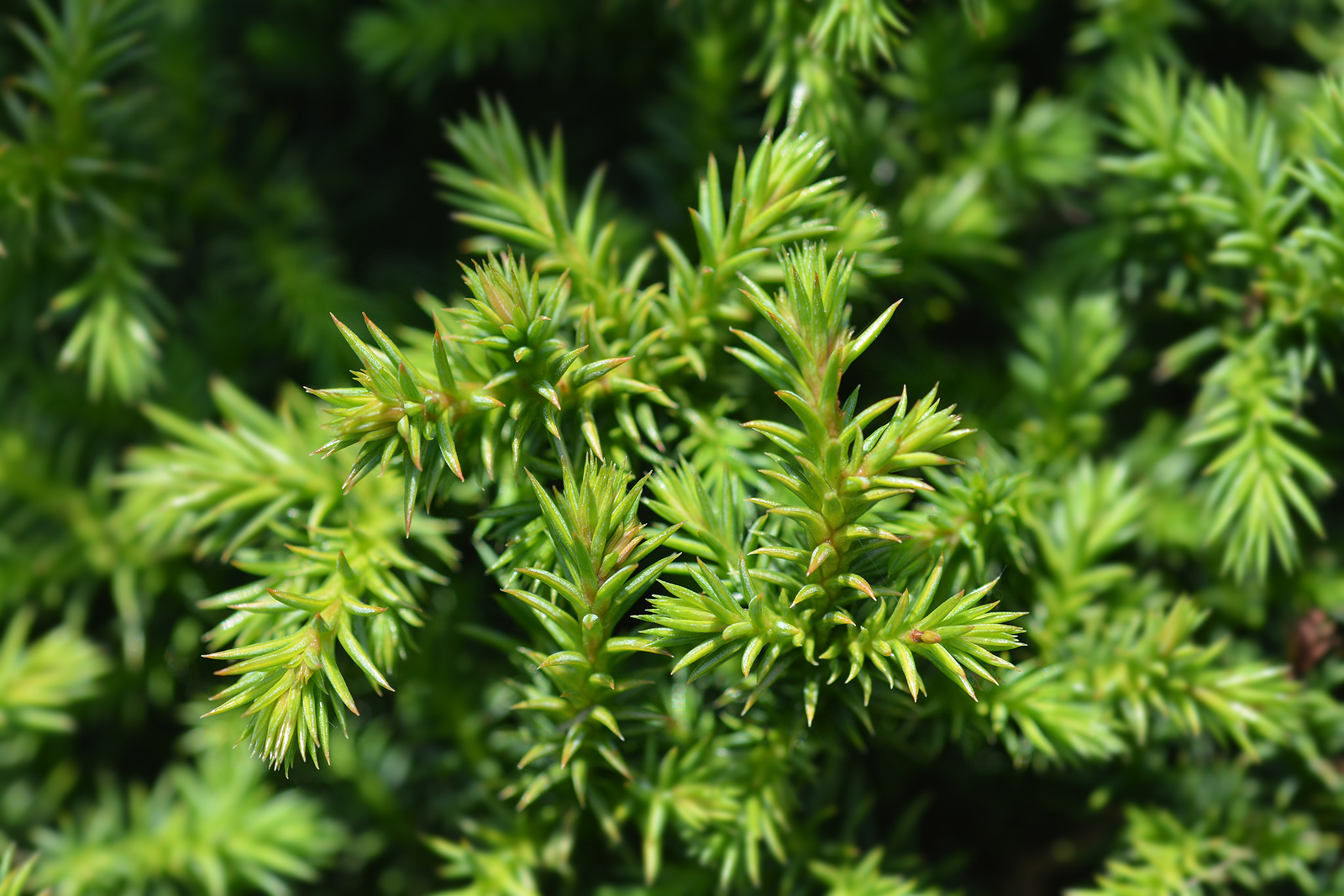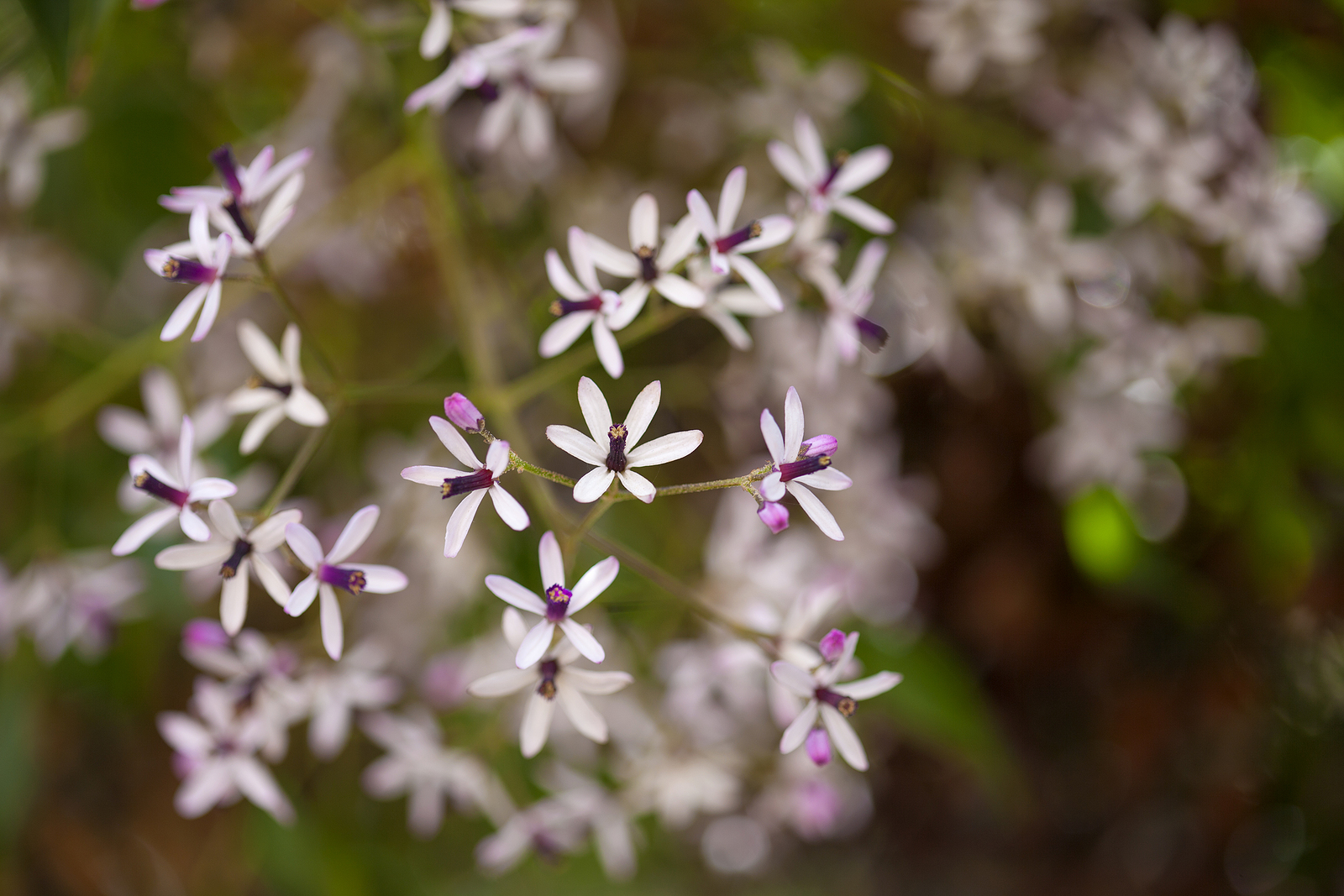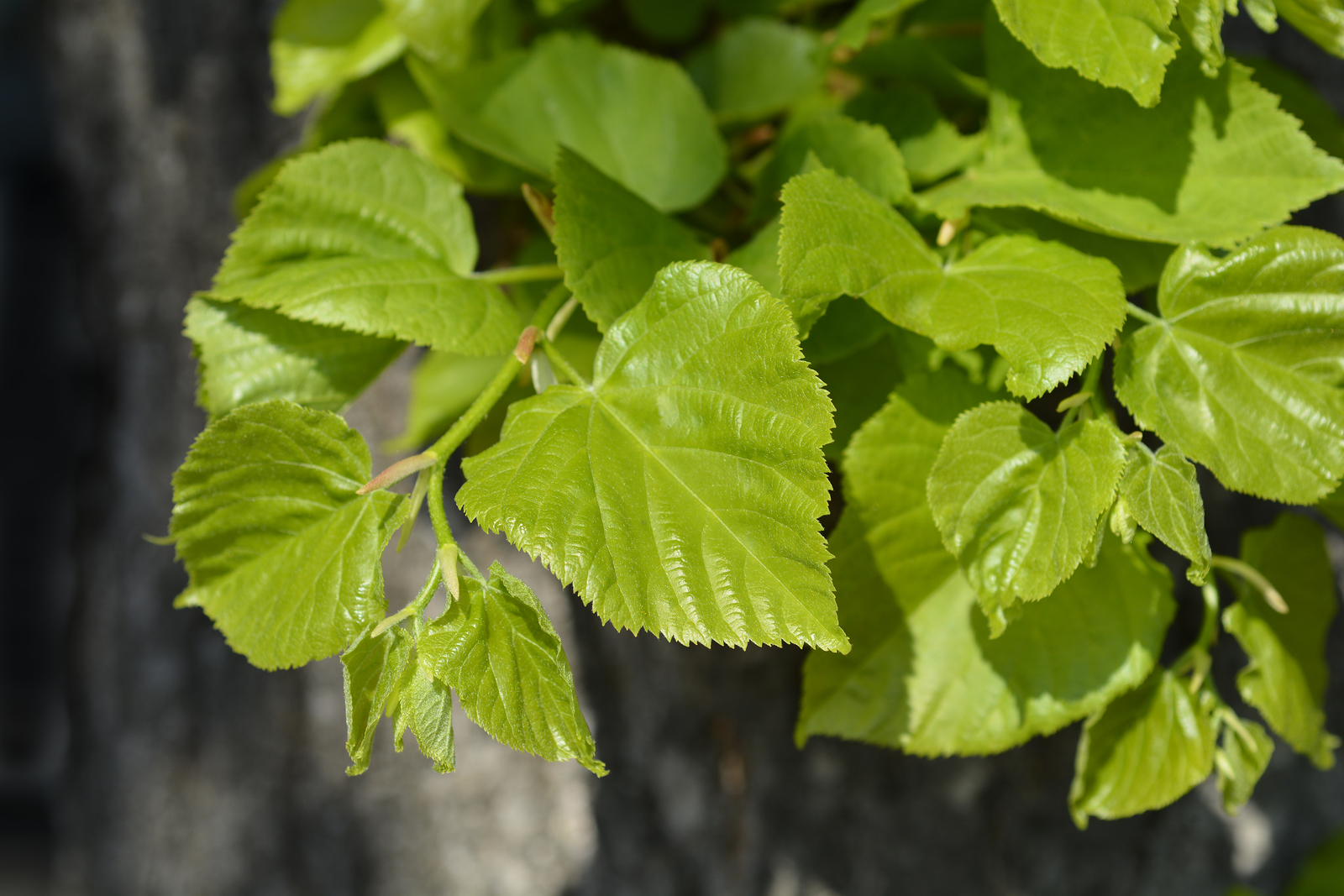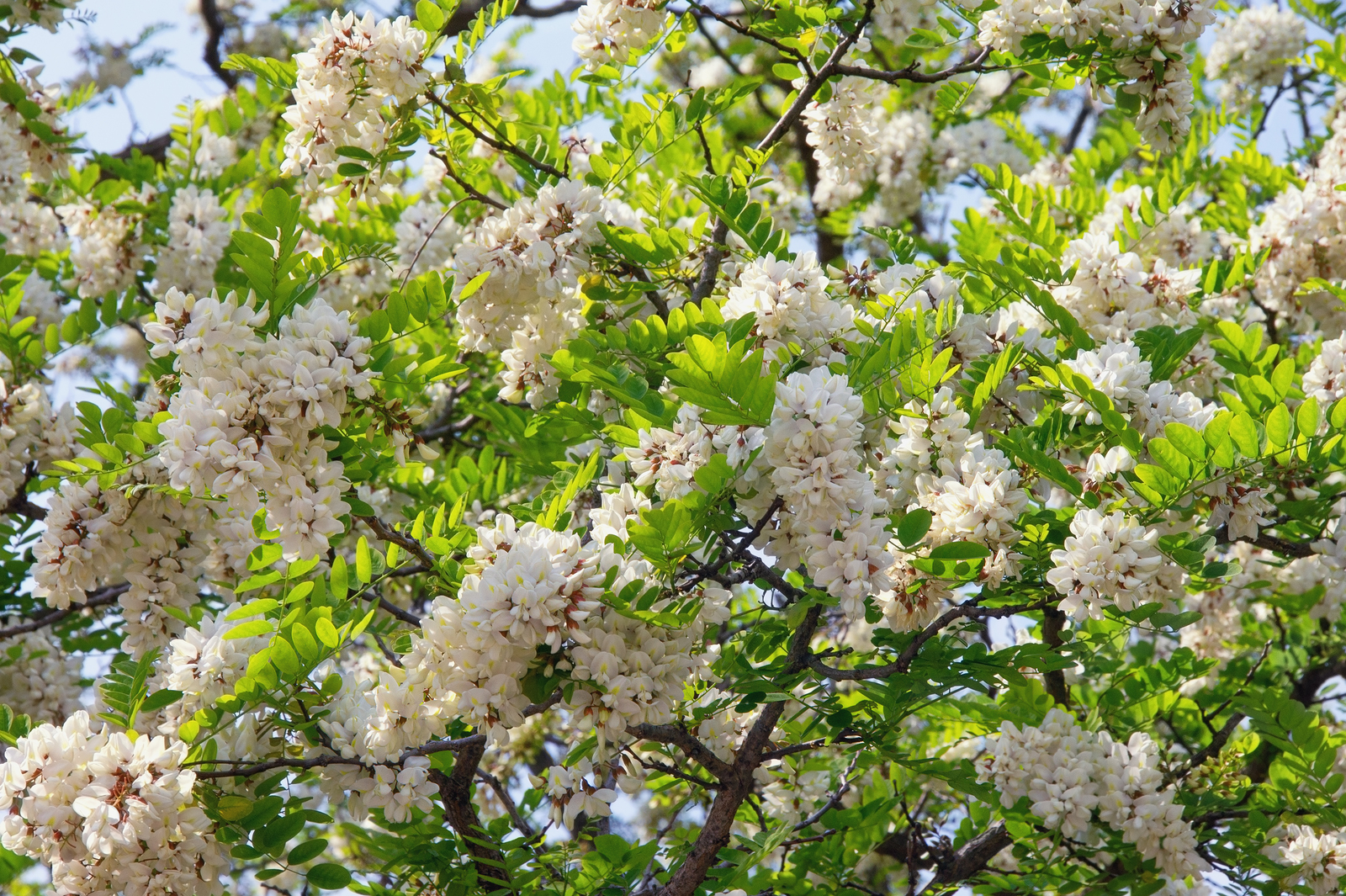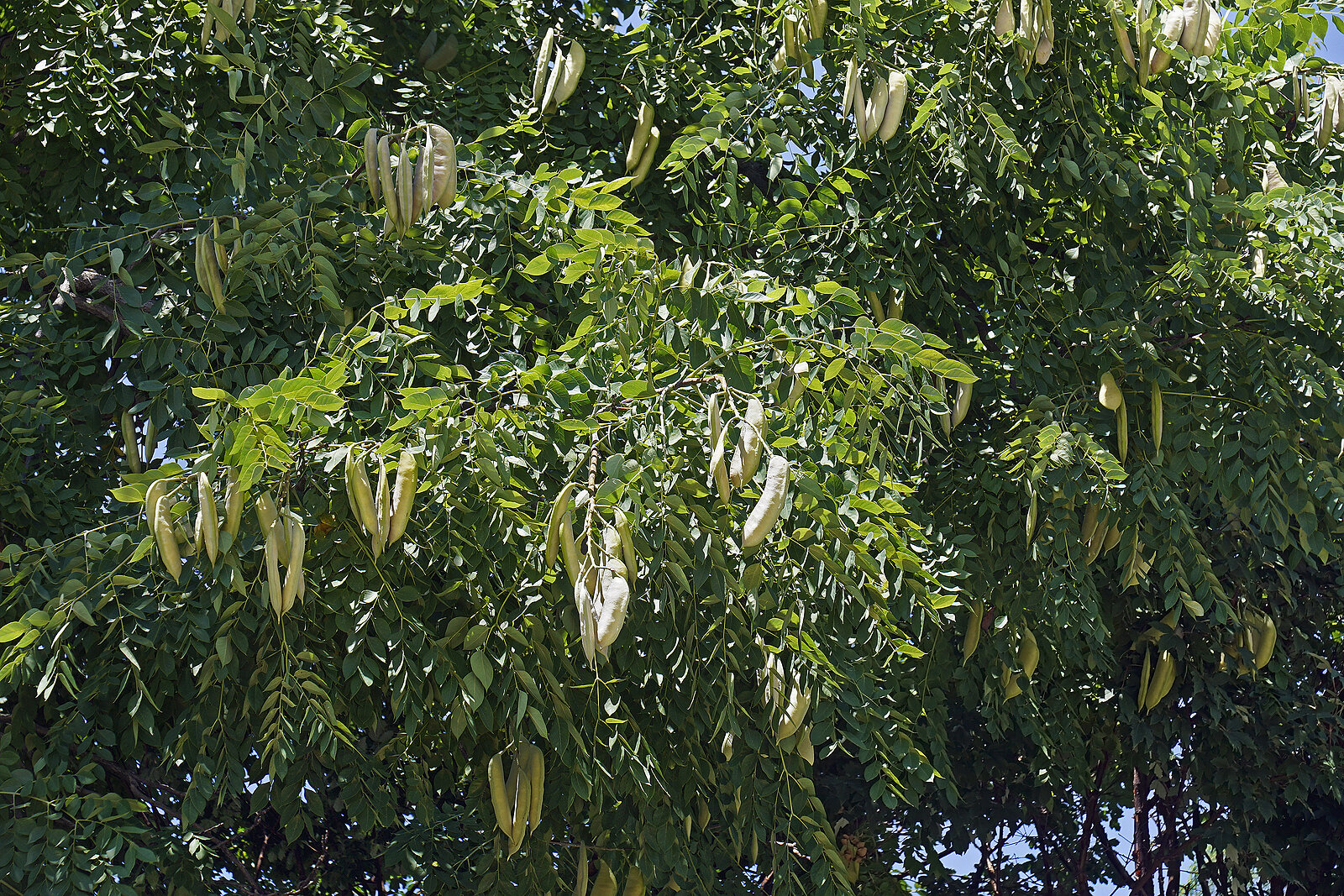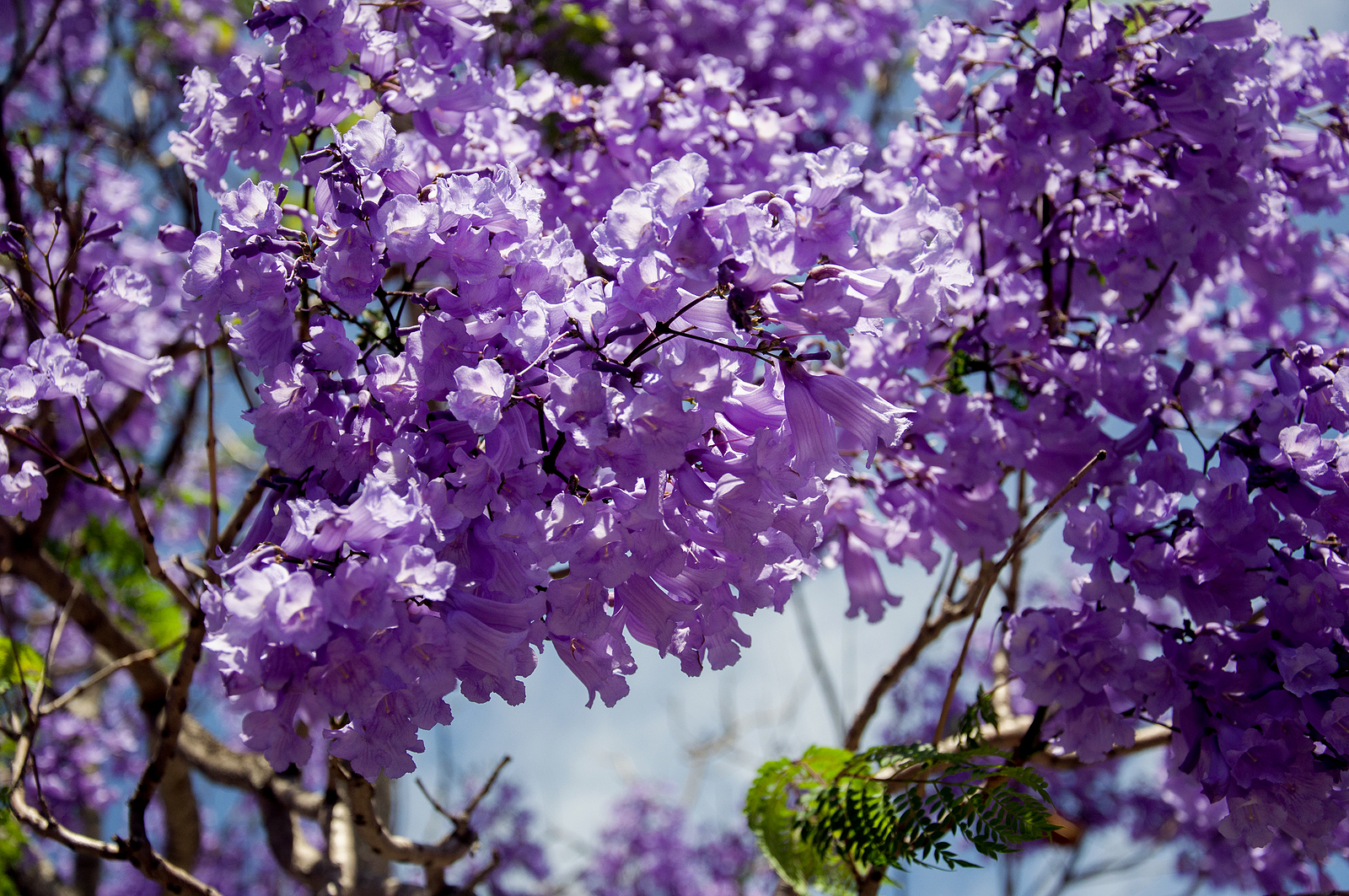How to Grow Filbert, Hazelnut – Corylus
Corylus — which includes filberts and hazelnuts–are grown in shrub borders and as specimen trees. Smaller hazels are best grown in shrub borders. Larger species and cultivars are excellent specimen trees. Filberts and hazelnuts are usually thought of as trees grown for their edible nuts, but several are pleasing ornamental shrubs–particularly European filbert (Corylus avellana), ‘Contorta’–known as […] More

